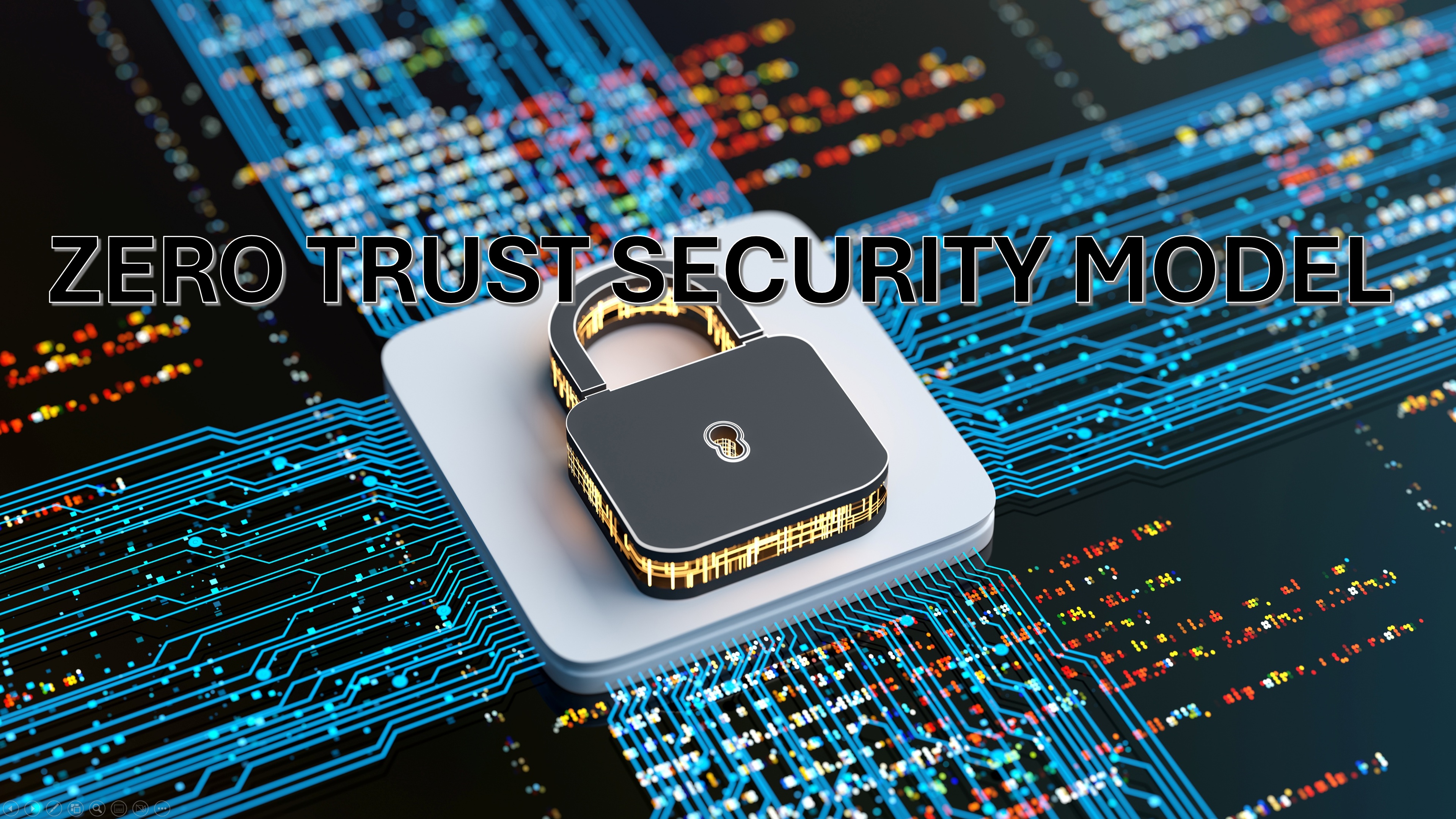In an era where cyber threats are more advanced and persistent than ever, traditional security models are proving insufficient. Organizations can no longer rely on the assumption that everything inside their network perimeter is inherently trustworthy. This outdated approach has led to significant data breaches, often originating from insider threats or compromised accounts. To address these challenges, cybersecurity experts have developed the Zero Trust Security Model—a modern framework that eliminates implicit trust and enforces strict verification at every level.
What is Zero Trust?
Zero Trust is a security strategy based on the principle of “never trust, always verify.” Unlike traditional security models that assume users and devices within the corporate network are trustworthy, Zero Trust requires continuous authentication and strict access controls. This approach significantly reduces the risk of unauthorized access and lateral movement within a network.
Why is Zero Trust Necessary?
Cyber threats have evolved, making traditional security measures inadequate. Several factors contribute to the growing need for Zero Trust:
- Increased Remote Work: The rise of remote work and cloud-based applications means employees access corporate resources from various locations and devices.
- Insider Threats: Employees, contractors, or third-party vendors with access to sensitive information can pose security risks, whether intentionally or inadvertently.
- Advanced Cyber Attacks: Hackers use sophisticated methods to bypass perimeter defenses, making it necessary to implement security measures beyond firewalls and VPNs.
Key Principles of Zero Trust
To effectively implement Zero Trust, organizations must adhere to several core principles:
- Verify Identity and Device Continuously: Use multi-factor authentication (MFA) and device posture assessments to ensure users and devices are authorized.
- Enforce Least Privilege Access: Grant users only the minimum access necessary to perform their tasks, reducing the impact of potential breaches.
- Assume Breach: Organizations should operate as if a breach has already occurred, limiting access and continuously monitoring for suspicious activity.
- Micro-Segmentation: Divide networks into smaller, isolated zones to prevent unauthorized lateral movement and contain breaches.
- Monitor and Log All Activity: Continuous monitoring and real-time analytics help detect and respond to anomalies before they cause damage.
How Zero Trust Works
Zero Trust is implemented through various security technologies and policies, including:
- Identity and Access Management (IAM): Ensuring strong authentication methods, such as MFA and biometric verification.
- Endpoint Security: Deploying endpoint detection and response (EDR) solutions to protect devices from malware and other threats.
- Least Privilege Access Policies: Restricting user permissions based on job roles and responsibilities.
- Network Security Measures: Implementing software-defined perimeters (SDP) and micro-segmentation to limit attack surfaces.
- Continuous Monitoring: Utilizing artificial intelligence (AI) and machine learning (ML) to detect and mitigate threats in real-time.
Benefits of Zero Trust
Adopting a Zero Trust strategy provides several advantages:
- Enhanced Security: Reduces the risk of data breaches and cyberattacks by eliminating implicit trust.
- Improved Visibility: Provides better insights into user activity and network traffic.
- Regulatory Compliance: Helps organizations meet security standards and compliance requirements, such as GDPR, HIPAA, and NIST guidelines.
- Reduced Attack Surface: Limits access points for potential attackers, making it harder to exploit vulnerabilities.
- Supports Remote Work: Ensures secure access to corporate resources regardless of location or device.
Challenges in Implementing Zero Trust
While Zero Trust is a powerful security framework, its implementation comes with challenges:
- Cultural and Technological Shift: Transitioning from traditional security models to Zero Trust requires changes in mindset and infrastructure.
- Complexity in Continuous Authentication: Managing authentication and verification for every access request can be resource-intensive.
- Integration with Legacy Systems: Older IT systems may not be compatible with Zero Trust architecture, requiring additional investment.
- Ongoing Policy Enforcement: Security policies must be regularly updated and enforced to maintain effectiveness.
Steps to Implement Zero Trust
Organizations can adopt a phased approach to implementing Zero Trust:
- Identify Critical Assets: Determine which data, applications, and systems require protection.
- Define Access Policies: Establish rules based on user roles, device trustworthiness, and behavioral patterns.
- Implement Strong Authentication: Deploy MFA, biometrics, and passwordless authentication methods.
- Monitor and Analyze Activity: Use security analytics and behavioral monitoring to detect threats in real-time.
- Continuously Adapt and Improve: Regularly update security policies and refine Zero Trust strategies based on emerging threats.
Conclusion
The Zero Trust Security Model is a critical evolution in cybersecurity, addressing modern threats that traditional security frameworks fail to mitigate. By removing implicit trust, enforcing continuous verification, and implementing strong access controls, organizations can significantly improve their security posture. While adopting Zero Trust requires investment and strategic planning, its benefits far outweigh the challenges, making it a fundamental approach for securing today’s digital environment.




Comments (0)